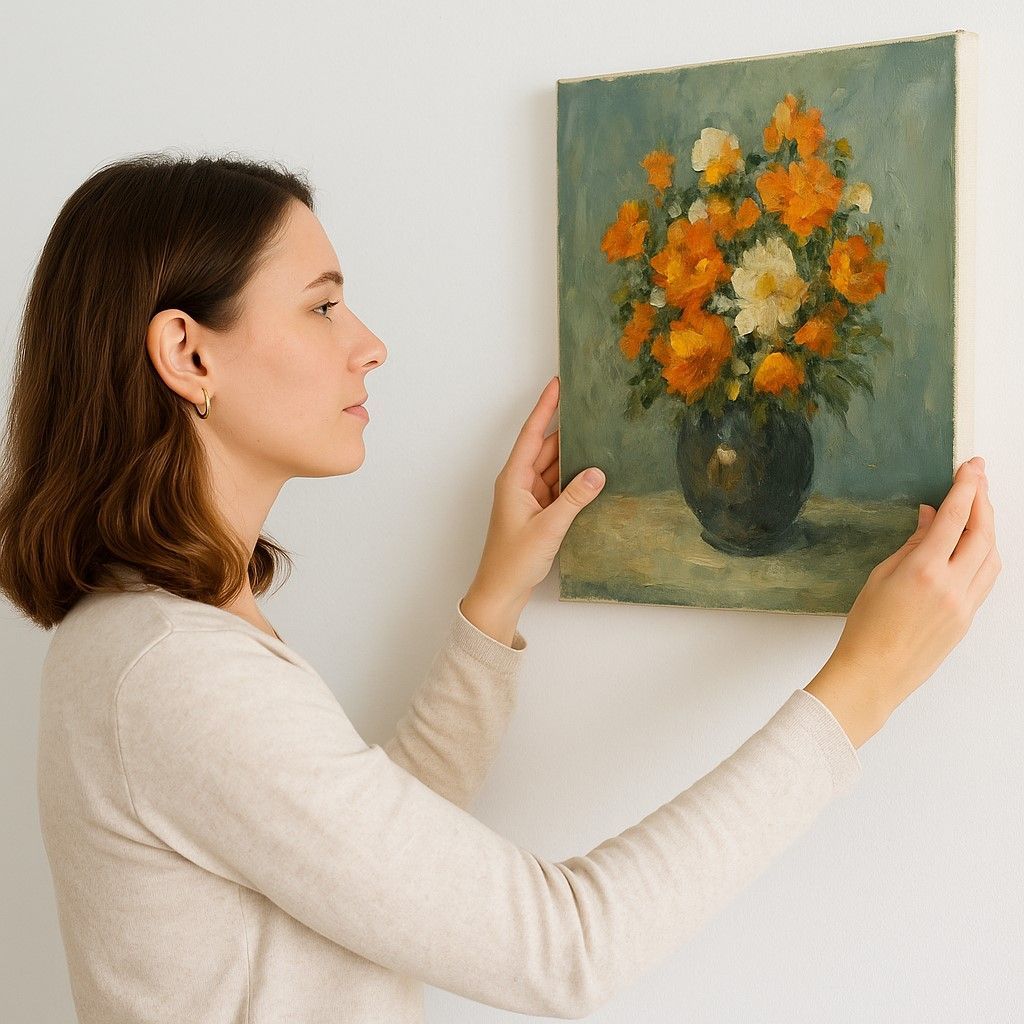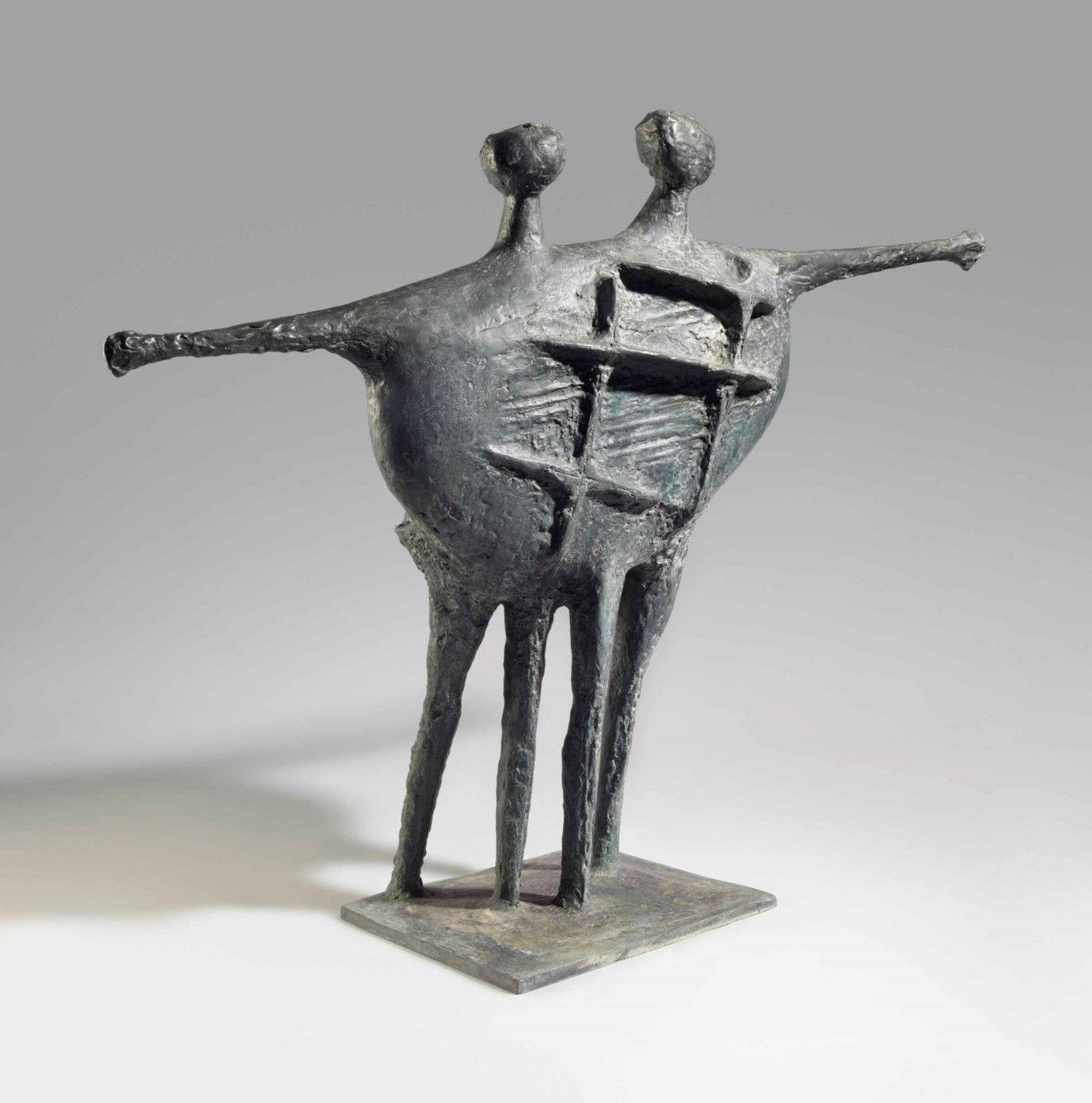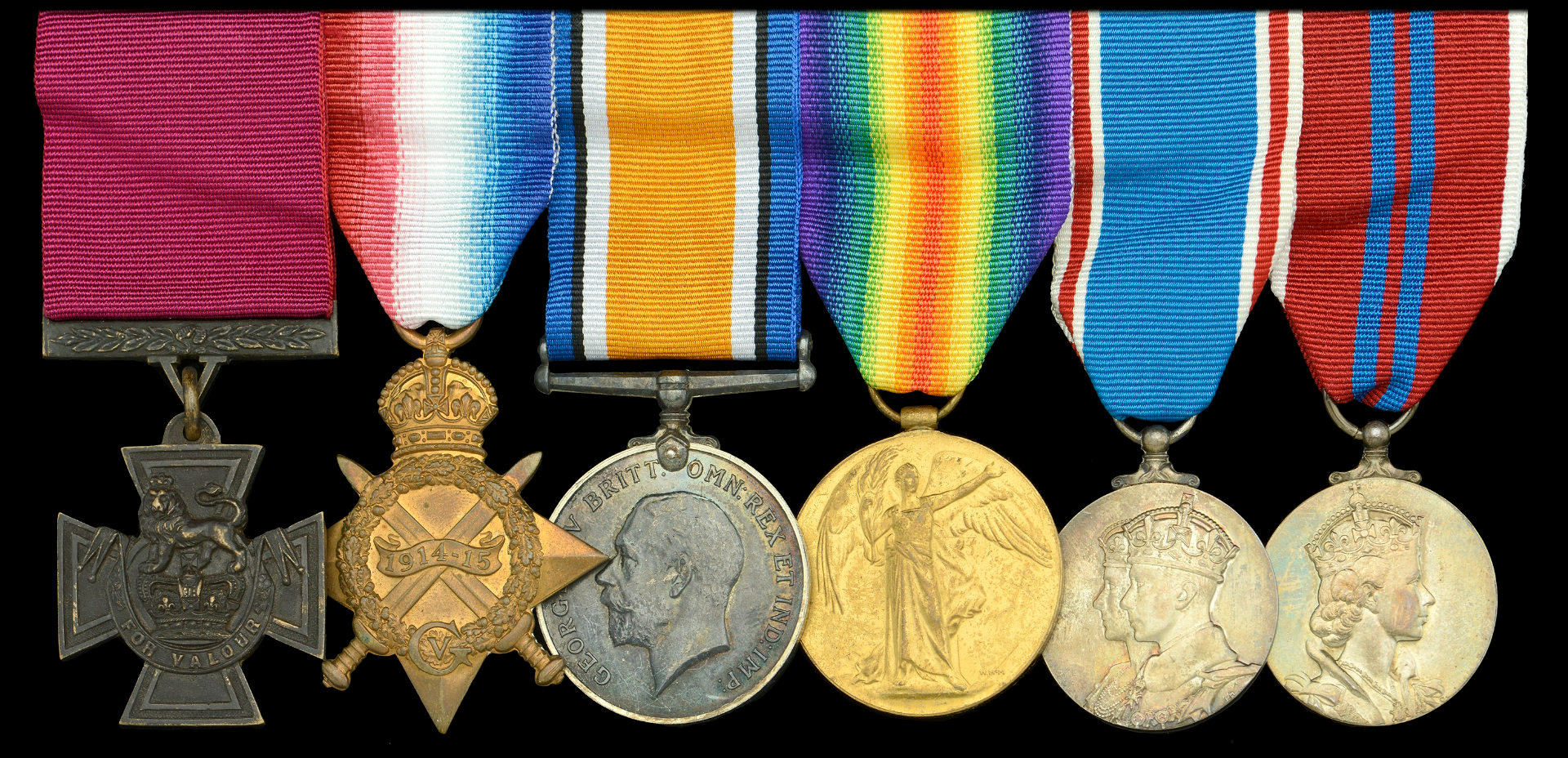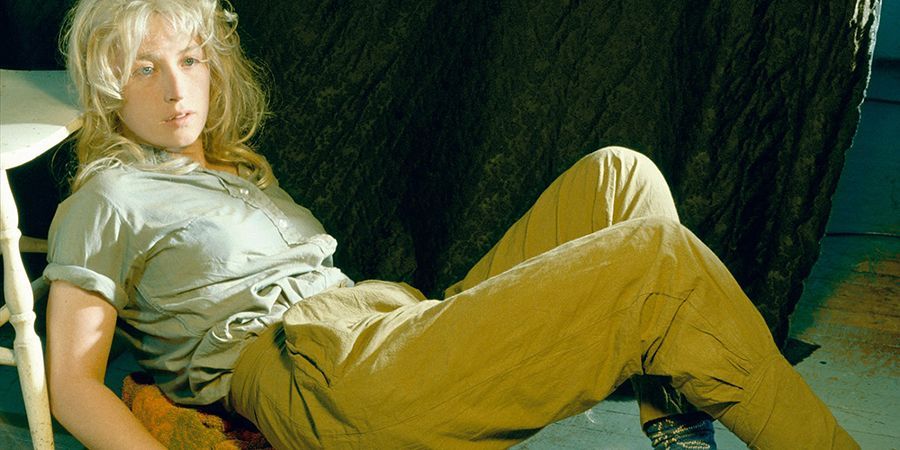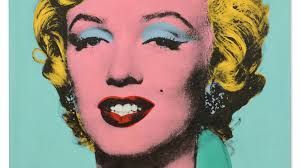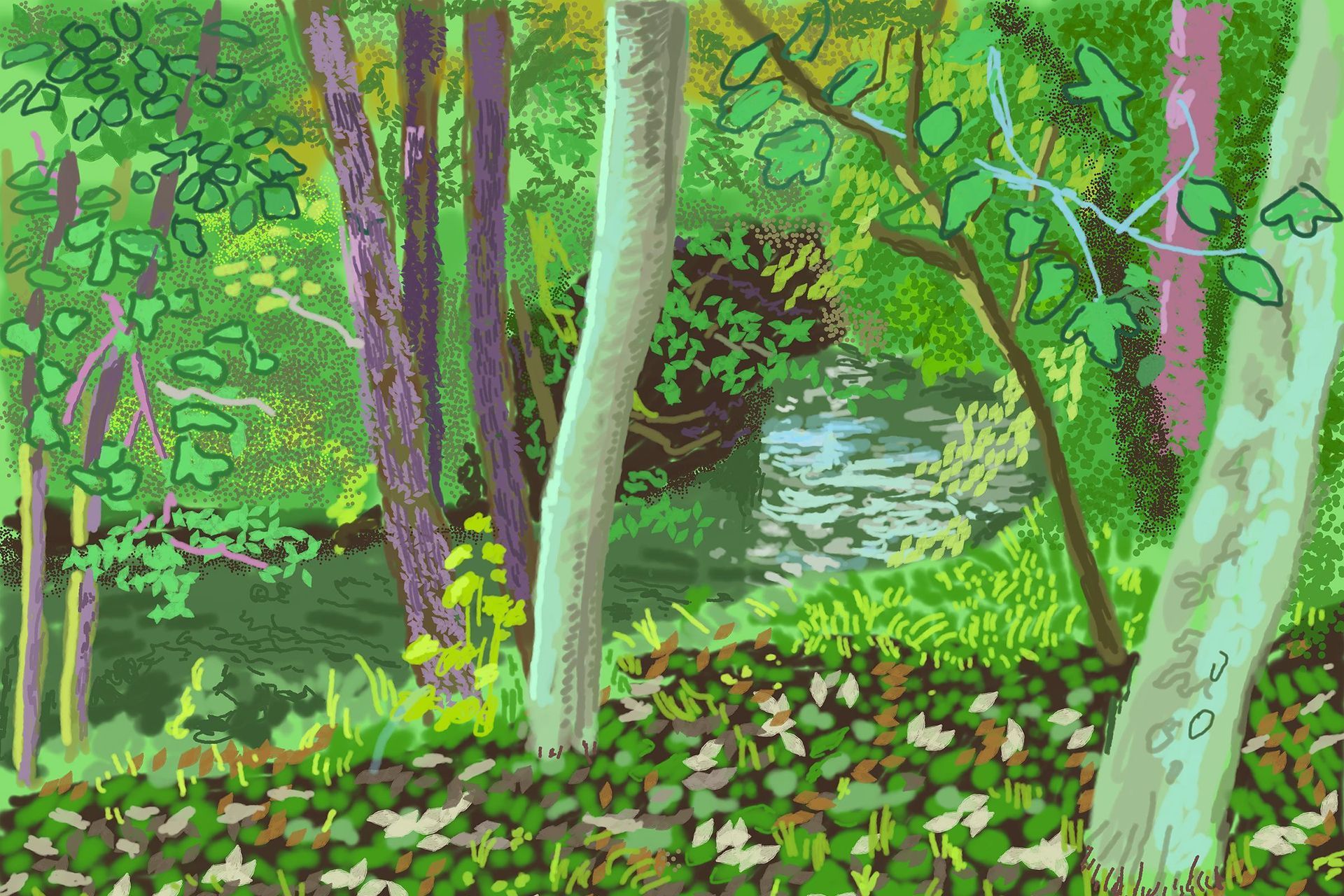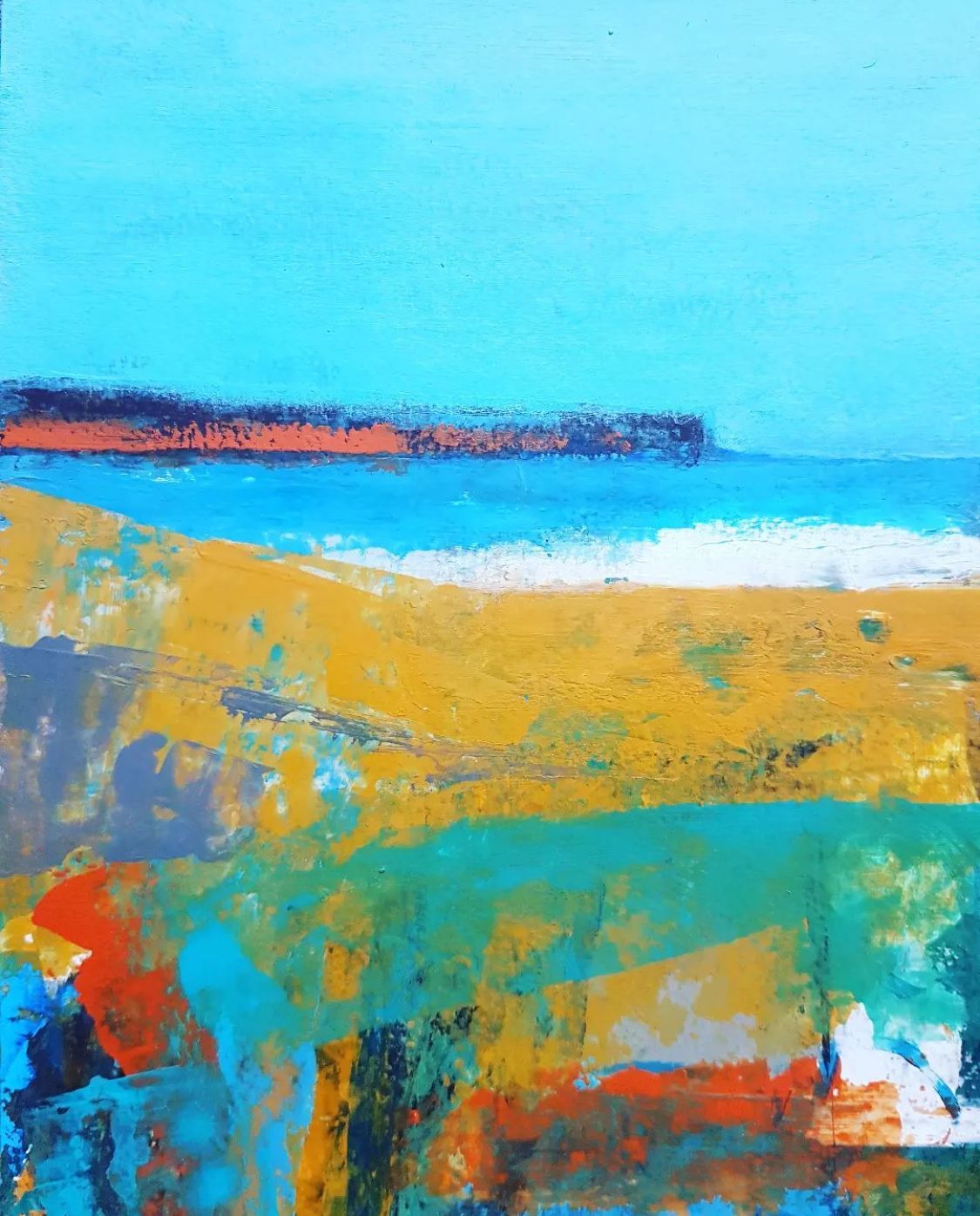Share post
Please enjoy this fascinating article on René Lalique written by one of our Senior Jewellery Valuers here at Quastel Associates; Steven Jordan FGA DGA FIRV FJVA
Introduction: The name "Lalique" conjures up images of opalescent glassware decorated with flowing organic lines, highlighted with birds, cherubs and the female form.
However, René Lalique was also a leading designer of art nouveau jewellery, producing some of the finest pieces of the twentieth century. He aligned symbolist and art nouveau themes, using such diverse materials as baroque pearls, horn, ivory, amber, tortoiseshell and glass, combined with fine plique a jour enamelwork.
Designing for such prestigious houses as Cartier and Boucheron his reputation grew. He attracted an influential clientele, notably the diminutive tragic actress Sarah Bernhardt, for whom he produced a series of jewellery from 1891 to 1894.
This article will give an overview of his life, relating specifically to his jewellery work, key design features, marks used and auction values. René (Jules) Lalique (1860-1945):
During the years 1895 to 1912, Lalique had been commissioned by the Armenian banker Calouste Gulbenkian to create a series of fine jewels, over one hundred and forty of which are presently owned by the Gulkenkian Foundation, Lisbon.
The fall and rise:
Between the wars, there was a move towards more geometric lines and a favour for more mass produced items.
During the 1920’s and 1930’s, sadly, many of Lalique’s jewels were broken up or remodelled. Even as recently as 1969, when a diamond set fern leaf tiara only fetched £250 at auction, Lalique’s designs were still not appreciated.
In recent decades, perhaps due to such fine exhibitions as the one held at the Goldsmiths’ Hall London in 1987, Lalique’s designs gradually became popular again. For example, in 1989, a late 19th century winged female form pendant sold at auction for £42,000.
A fine art nouveau jewellery collection was auctioned by Sothebys Geneva in November, 1995. The collection had been put together by a Joseph R Pitman and the sale included thirty-three Lalique jewels, many of which were of such importance to have been previously illustrated in noted academic works.
The star lot was a ‘water nymph and dragonfly brooch cloak clasp’ circa 1904-05. The design is comprised of two opposed dragonflies flanking a triangular glass intaglio. It commanded on the day 190,000 swiss francs against an initial estimate 60,000-100,000 swiss francs.
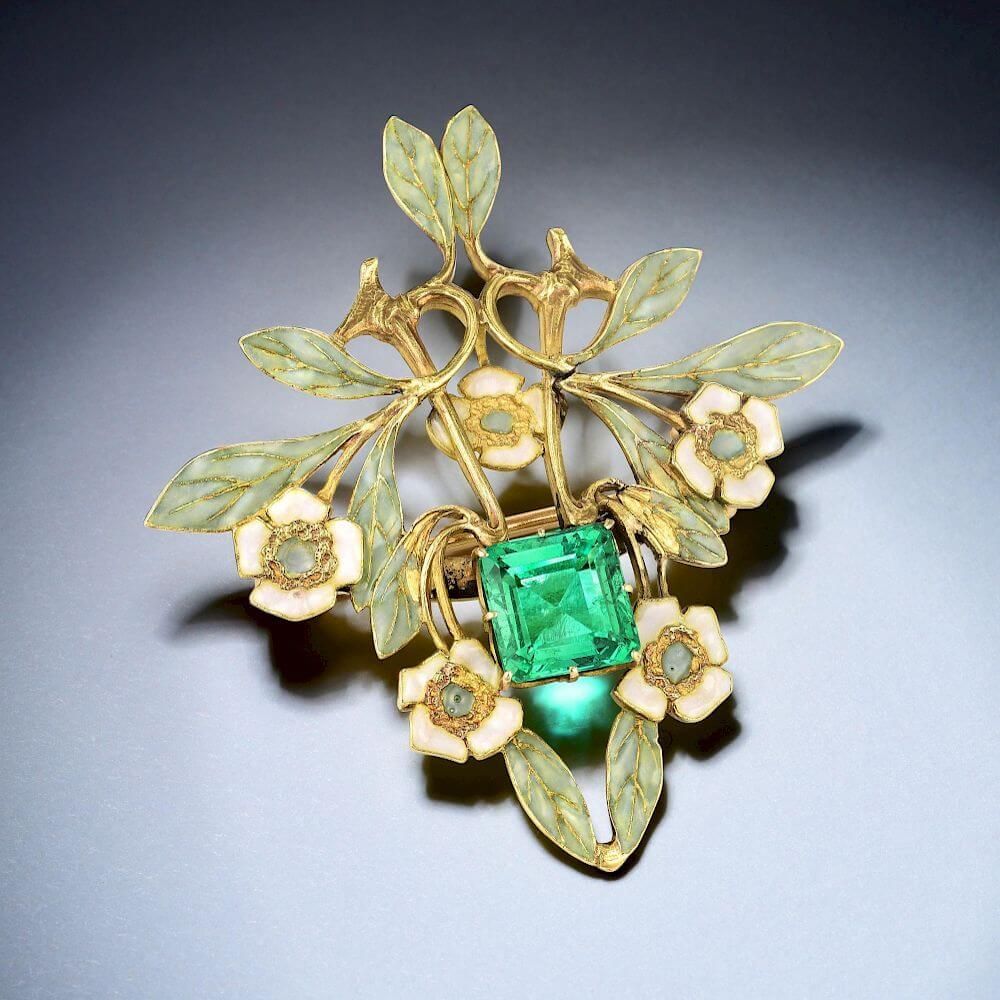
Key features:
His jewellery often employed plique a jour (open to daylight) enamelwork, the finest depicting a human female form having butterfly or dragonfly wings.
Using organic lines on bracelets, necklaces, pendants, haircombs, rings etc. combined with classical art nouveau motifs such as peacocks and serpents with blossoms, orchids, lily-of-the-valley, chrysantheum, poppies, as well as ferns and vines.
The theatrical jewels commissioned for Sarah Bernhardt allowed Lalique to develop his dramatic style, some of which were designed in the Egyptian taste. It was perhaps this association, more than any other, that propelled Lalique’s designs to the fore as they attracted wide publicity in the art magazines of the day.
Lalique’s avant-garde designs, his dramatic use of the female form, secured his reputation as one of the most innovative and influential jewellery designers of the art nouveau period.
Marks:
René Lalique used a variety of marks, sometimes impressed into the material rather than stamped in order not to cause any damage to the finely-made jewellery.
Generally, one finds a variation of his signature (R.LALIQUE or LALIQUE) in block. His initials RL are sometimes incorporated in the French maker’s mark, known as a poincon de fabricant, flanking a drawn sword within a lozenge surround.
Other marks may be observed. For example, there may be an eagle’s head representing 18ct gold, the winged head of Mercury on items intended for export and the French silver standard mark of a boar’s head.
Auction values:
It would be impossible to suggest auction values, as can be gleaned from the example of the ‘water nymph’ brooch mentioned above. Each piece is an individual artistic creation and would be assessed on its own merit.
To find out more about an expert jewellery valuation with Quastel Associates, , please call
0207 253 1710 or click
here.

